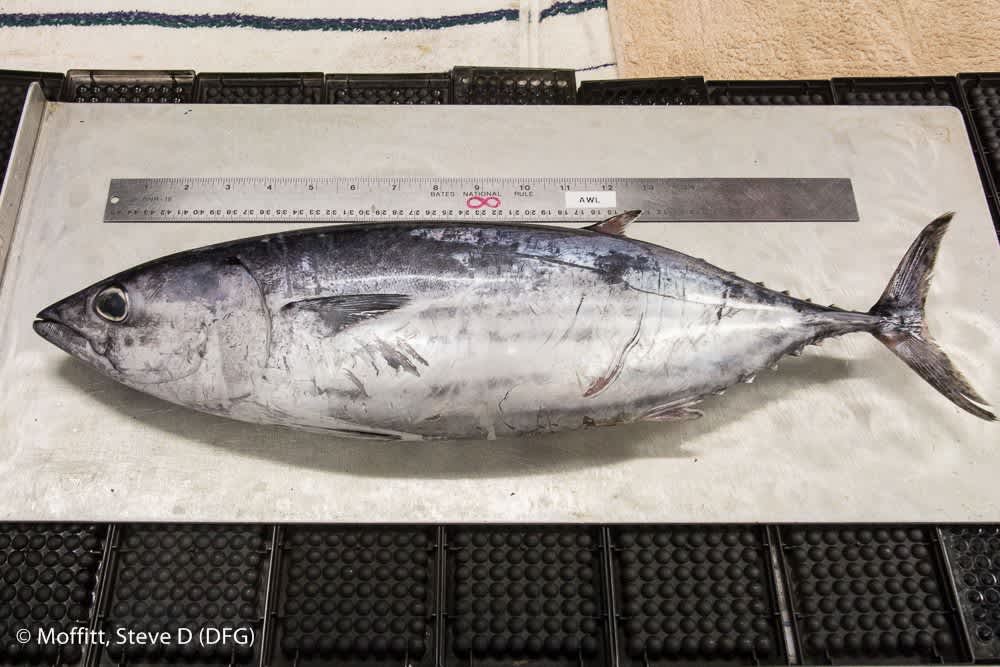Alaskan Anglers Catching Foreign Fish as Pacific Heats Up
OutdoorHub Reporters 09.16.14

Tell anybody that you caught a tropical skipjack tuna in Alaska’s Copper River, and you are likely to get some questions regarding your mental health. The last confirmed case of a skipjack being found in Alaska can be traced back to 1981. Yet that did not stop one fisherman from pulling a skipjack from the Copper River just last month, and it is not the only strange fish to visit Alaska recently. Scientists at NOAA’s Northwest Fisheries Science Center say that the unusually warm waters of the North Pacific may have “jostled” the food chain with new arrivals, affecting everything from jellyfish to salmon.
“Right now it’s super warm all the way across the Pacific to Japan,” researcher Bill Peterson stated on NOAA’s website. “For a scientist it’s a very interesting time because when you see something like this that’s totally new you have opportunities to learn things you were never expecting.”
Anglers may also have new opportunities to see fish they normally would never find so far north. According to the Alaska Dispatch News, a massive ocean sunfish was spotted in Prince William Sound earlier this month.
“It was pretty big,” said Tommy Sheridan, the state fisheries biologist who first saw the fish. “I figured it was rare.”
NOAA scientists say the new arrivals may have been swept north by warm waters as part of a shift in the Pacific decadal oscillation (PDO). Although researchers are still unsure exactly what is causing the warming waters, one possibility is that the PDO has begun a transition from a cold period to a warm period. The result are three “warm spots” off the Gulf of Alaska, the Bering Sea, and near Southern California. Warm waters can attract fish like yellowfin and Alabacore tuna, thresher shark, pomfret, and sardines, but biologists say that the change could also prove detrimental for Alaska staples like Pacific Coast salmon and steelhead.
“If the warming persists for the whole summer and fall, some of the critters that do well in a colder, more productive ocean could suffer reduced growth, poor reproductive success and population declines,” said Nate Mantua, NOAA landscape ecology researcher. “This has happened to marine mammals, sea birds and Pacific salmon in the past. At the same time, species that do well in warmer conditions may experience increased growth, survival and abundance.”
Juvenile salmon and steelhead migrating to the ocean during this phase may find waters a little too warm for their liking, and scientists are bracing for poor survival rates this year and the next. The potential arrival of El Niño could further exacerbate warm temperatures.
“It’s a strange and mixed bag out there,” Mantua said.

